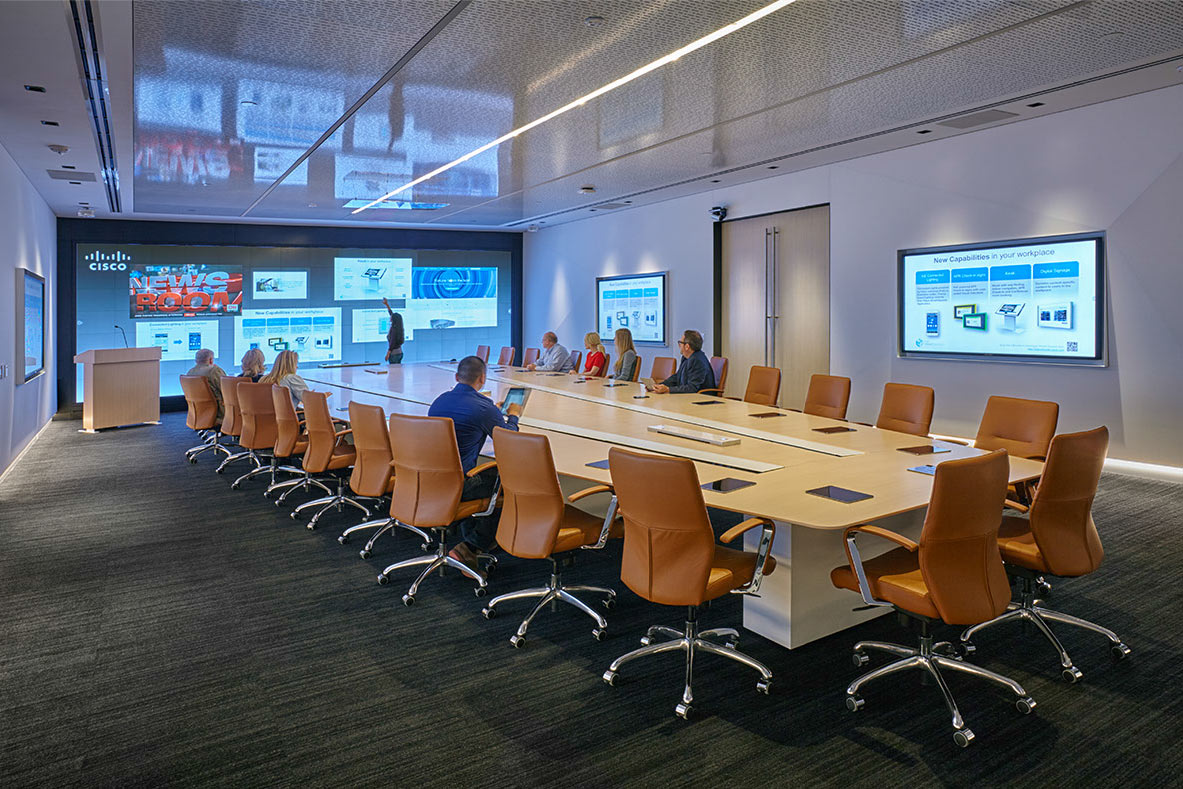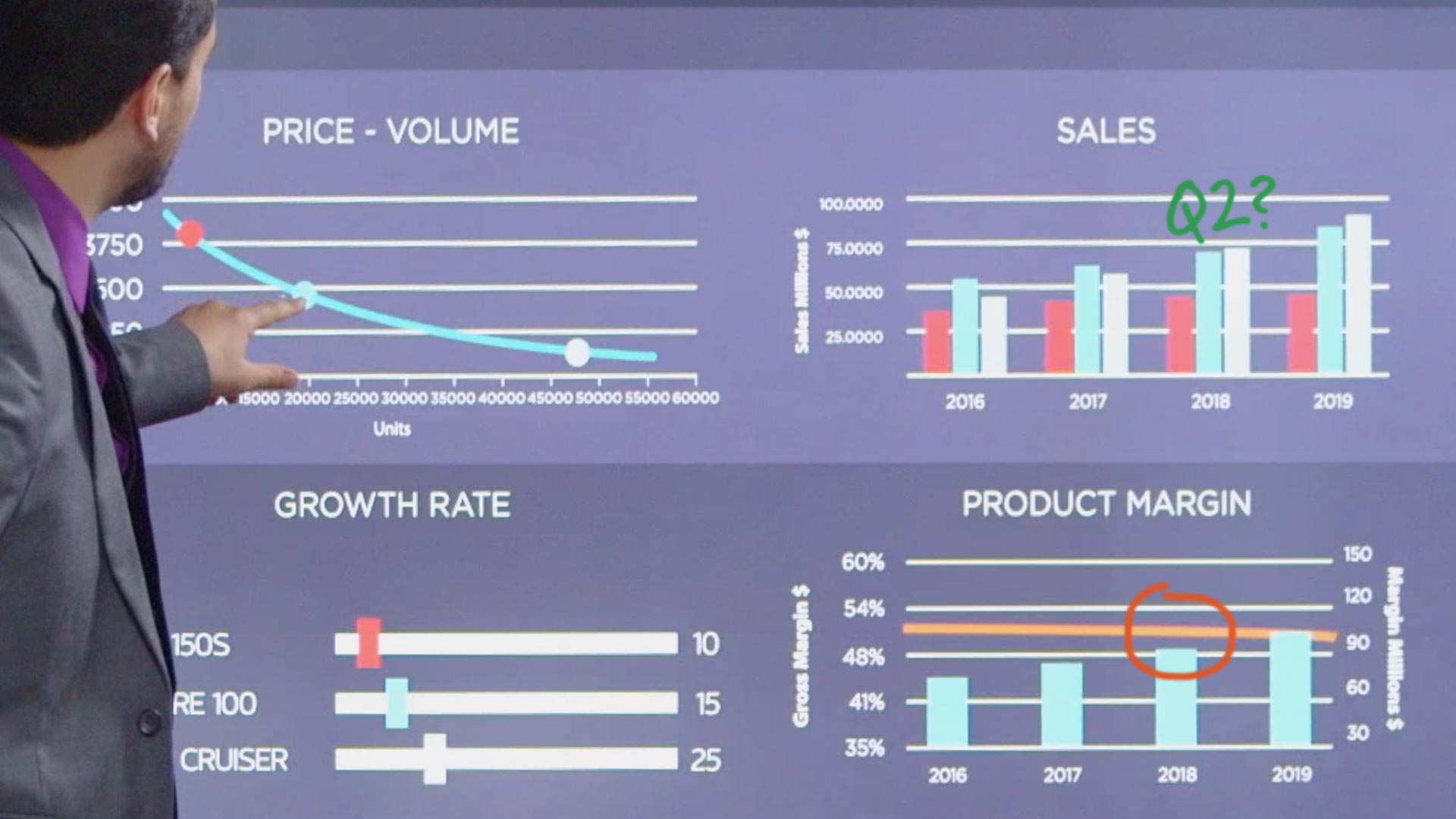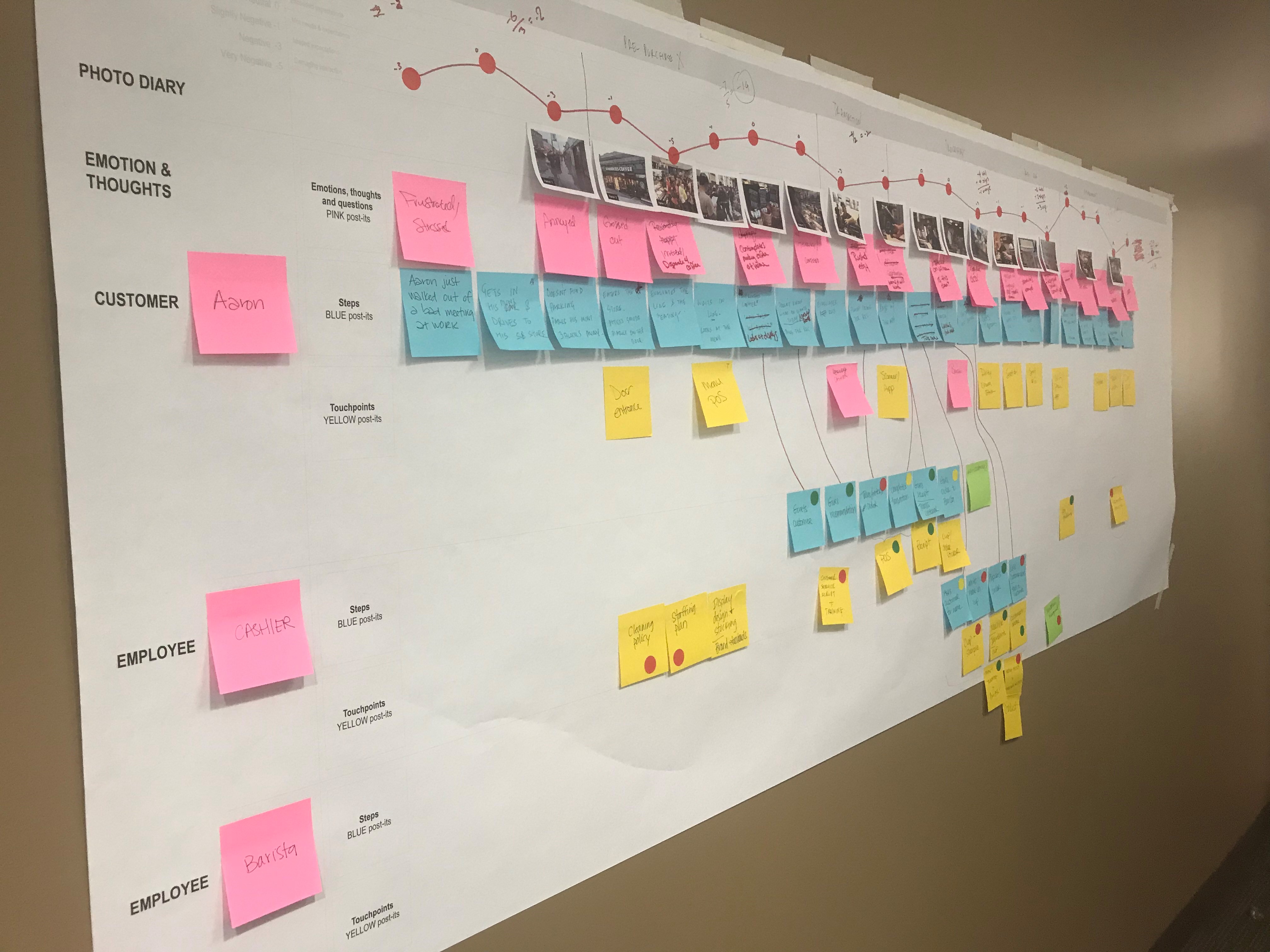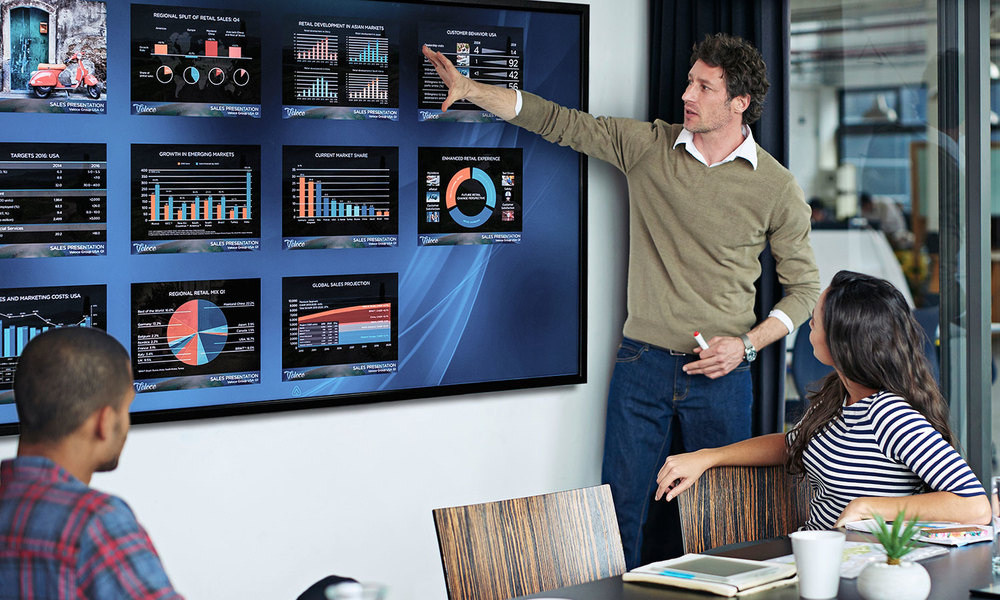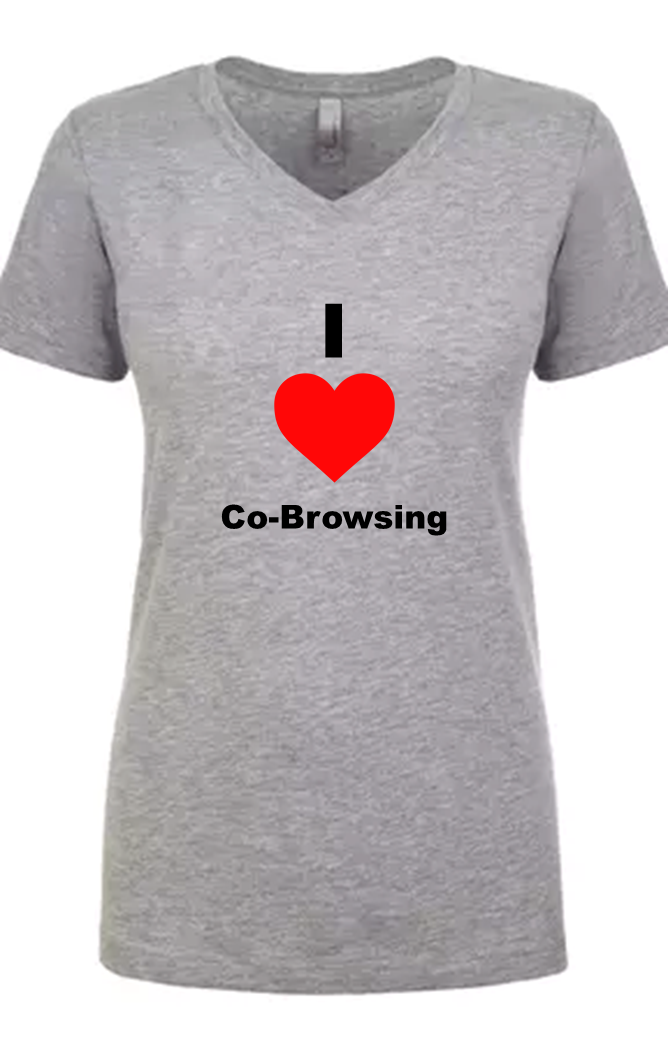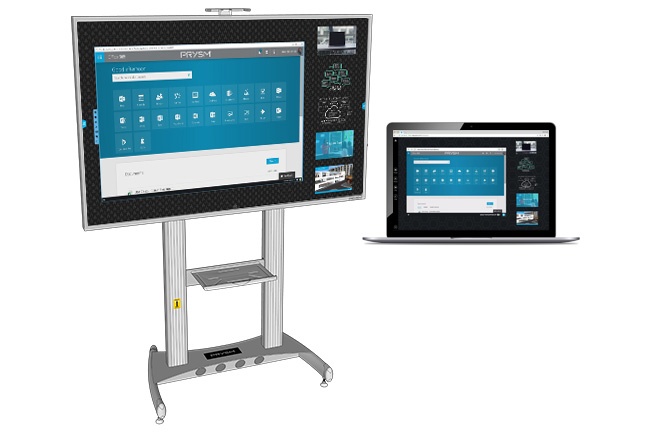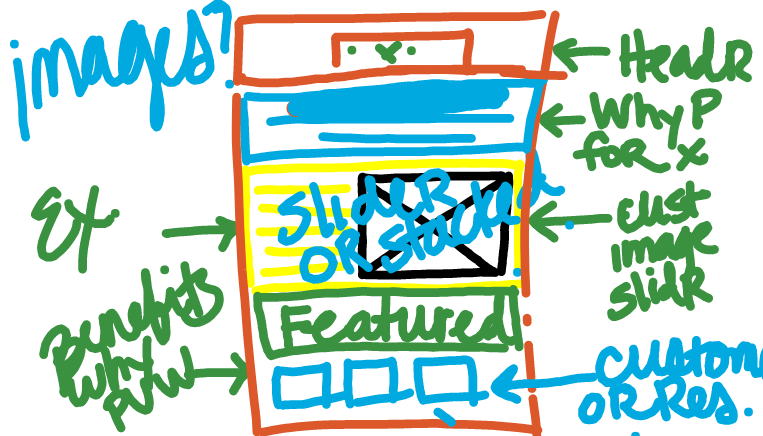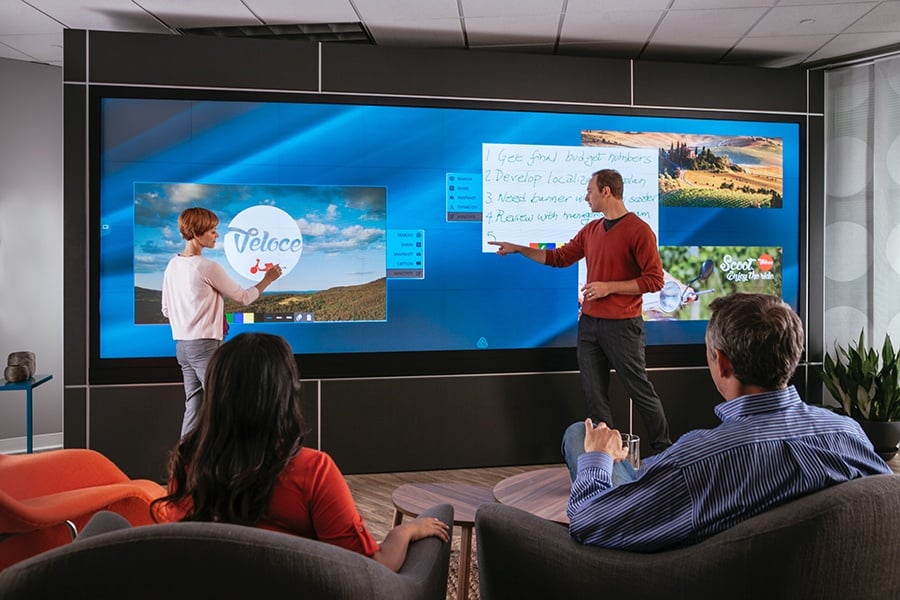In today's diverse workplace, finding ways to span multiple generations and ensure seamless communication and collaboration can be a challenge. From baby boomers to Gen Z, each generation brings its own preferences, habits and attitudes towards technology. However, with the right approach, workplace technology can bridge the generation gap, fostering productivity, innovation, and harmony among employees of all ages.
It's not easy, but here's some top tips for getting this right:




